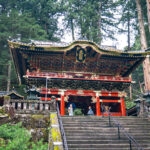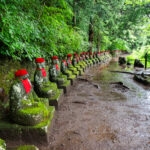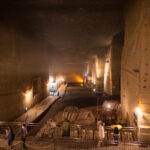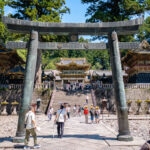This post may contain affiliate links. Please read our disclosure policy.
Futarasan Jinja in Nikko blends history, spirituality, and nature. With ancient cedar trees, mountain deities, and quiet paths, it’s one of the area’s most atmospheric shrines.
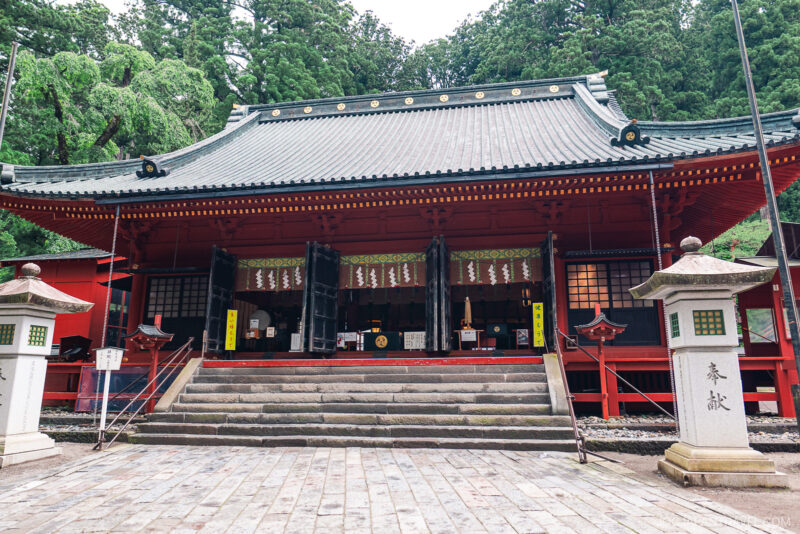
A Shrine with Deep Mountain Roots
Visiting Futarasan Jinja (日光二荒山神社) feels like stepping into centuries of history nestled in the mountains. Founded in 782 by Shodo Shonin—the same monk behind Rinnoji Temple and Shinkyo Bridge—the shrine is dedicated to Nikko’s three sacred peaks: Mount Nantai, Mount Nyoho, and Mount Taro. Being here, you can really feel the deep connection between nature and spirituality that has shaped Nikko for generations.
The name “Futarasan” comes from another reading of Mount Nantai, the tallest and most striking of the three, a reminder of the mountains’ enduring presence in the shrine’s story.
What Makes Futarasan Jinja Special
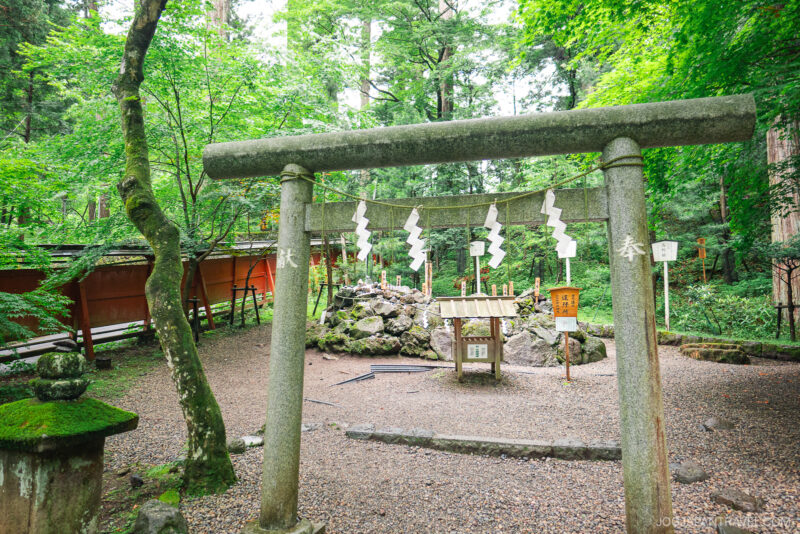
UNESCO World Heritage Status
While it’s often overshadowed by the nearby Toshogu Shrine, Futarasan Jinja is an essential part of the UNESCO World Heritage Site “Shrines and Temples of Nikko.” Exploring its Edo-period buildings—many designated Important Cultural Properties—gave us a real sense of Japan’s spiritual traditions and architectural craftsmanship.
Walking Among Centuries-Old Cedars
The shrine is surrounded by towering cryptomeria (cedar) trees, some more than 800 years old. Their height and age create a hushed atmosphere, filtering the light and drawing visitors into a slower rhythm. Walking through these paths felt like stepping into an ancient forest sanctuary.
Sacred Trees and Sub-Shrines
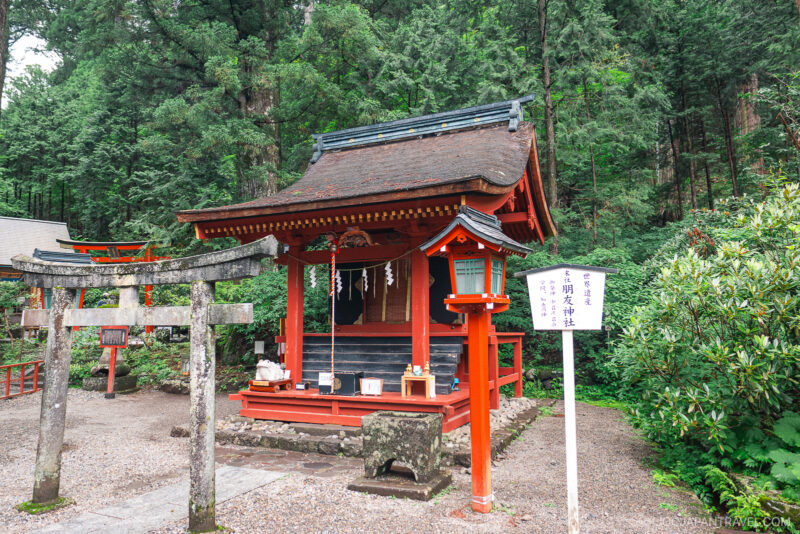
Scattered around the grounds are sacred trees and smaller shrines dedicated to life’s many aspects—family, friendship, fertility, and long partnerships. One of the most popular is the “Tree of Married Couples,” where visitors pray for lasting relationships. Our children enjoyed exploring these smaller corners and learning about their meaning.
A Quiet Alternative to Toshogu
Futarasan Jinja felt calm and uncrowded compared to Toshogu. We had time to linger, admire the cedar groves, and enjoy the slower pace. It was one of the highlights of our Nikko trip for its balance of history and nature.
Starting Your Nikko Itinerary at Futarasan Jinja
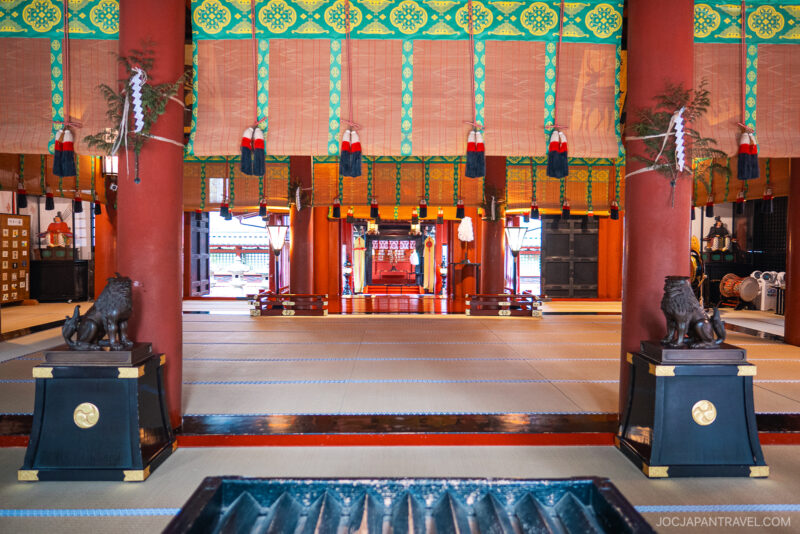
When planning a visit, we suggest beginning at Futarasan Jinja, which is set slightly higher on the hill. From here, it’s easy to walk downhill to Toshogu Shrine and Rinnoji Temple. This makes the route more comfortable for families, especially when traveling with young children or grandparents.
How to Get to Futarasan Jinja
Bus
- Take the World Heritage Sightseeing Bus toward the Shrines and Temples area.
- Get off at Nishi-sando or Omotesando. Walk 5 to 10 minutes uphill to the shrine entrance.
Walking from Shinkyo Bridge takes about 15 to 20 minutes.
Car
- From central Tokyo, drive 2.5 to 3 hours via the Tohoku Expressway. Use paid parking near the Toshogu complex or Nishisando. Walk 5 to 10 minutes.
Pro Tip: Start at Futarasan Jinja, then walk downhill to Toshogu and Rinnoji to reduce uphill walking.
Is Futarasan Jinja Worth Visiting?
Futarasan Jinja is a beautiful stop that balances history, nature, and a sense of calm. Unlike the ornate grandeur of Toshogu Shrine, this sacred spot feels quieter and more down-to-earth, surrounded by towering cryptomeria trees that have stood for centuries. For our family, it was a place to slow down, breathe deeply, and really take in the natural spirit of Nikko.
More to Explore Nearby
Futarasan Jinja, located at the spiritual heart of Nikko, is closely linked to the region’s World Heritage sites and stunning mountain scenery, positioning you perfectly to explore magnificent mausoleums, temples, and natural wonders.
- Nikko Toshogu Shrine – Visit the elaborate and magnificent World Heritage shrine, the final resting place of Tokugawa Ieyasu, located just steps away.
- Rinno-ji Taiyuin Temple – Explore this beautiful and elaborate mausoleum complex dedicated to the third Tokugawa Shogun, Iemitsu, located nearby.
- Lake Chuzenji – Head up the mountain to this scenic caldera lake, offering beautiful views and boat excursions, as it is one of the deities the shrine is dedicated to.
- Nikko Tamozawa Imperial Villa – Discover this beautiful imperial residence and memorial park that combines Edo, Meiji, and Taisho architectural styles.

